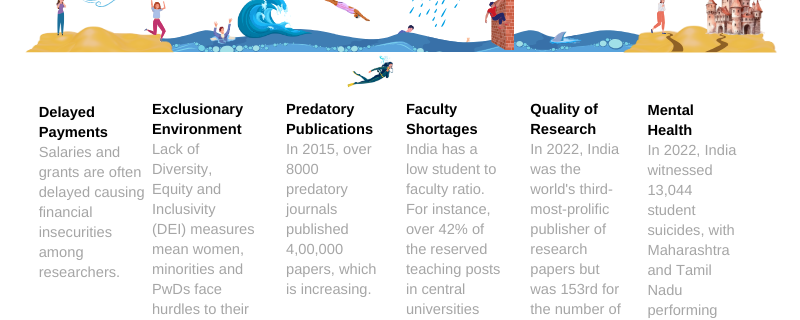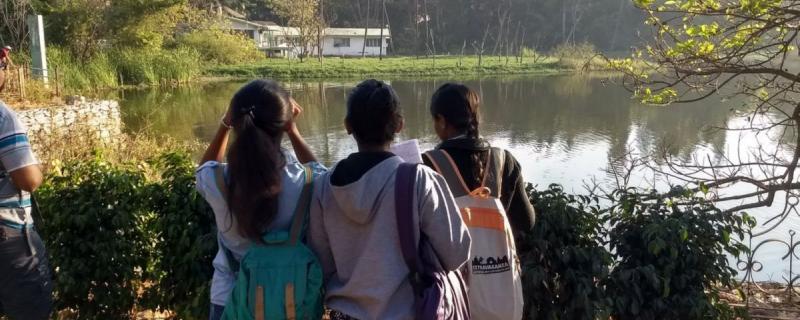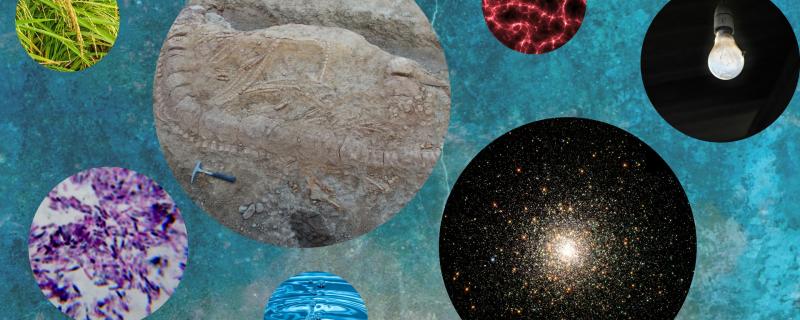India celebrated its National Science Day today in recognition of Sir C V Raman's discovery of the 'Raman Effect' and to promote scientific temper within the nation. This year's theme is "Empowering Indian Youth for Global Leadership in Science & Innovation for VIKSIT BHARAT."
As per the Ministry of Science and Technology, the theme



